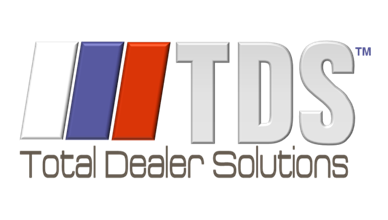The Hidden Costs of Parts Inventory Variance
Inventory variance is a persistent challenge for dealership parts departments, often leading to financial losses and operational inefficiencies. While minor discrepancies may seem insignificant, they can accumulate over time, affecting profitability, customer service, and even compliance. Understanding the hidden costs of inventory variance is crucial for dealership managers and accounting teams.
1. Financial Losses Due to Shrinkage
One of the most direct consequences of inventory variance is financial loss. When parts go missing due to theft, misplacement, or record-keeping errors, dealerships absorb the cost. Over time, these losses add up, cutting into profit margins. Inaccurate inventory counts can also lead to unnecessary purchases, tying up capital in excess stock.
2. Disruptions to Service Efficiency
When a part shows as “in stock” in the system but is missing in reality, technicians may experience delays in completing repairs. This not only extends vehicle downtime but also frustrates customers, leading to poor satisfaction ratings and potential loss of business.
3. Accounting and Reconciliation Challenges
A persistent variance between the parts inventory and the general ledger (GL) creates complications for the accounting department. Reconciling discrepancies requires additional time and resources, increasing administrative overhead. Without an automated reconciliation process, dealerships risk ongoing errors that make it difficult to maintain financial accuracy.
4. Compliance and Audit Risks
If inventory variances become a pattern, it can raise red flags during financial audits. Auditors may question the accuracy of financial reports, leading to extended reviews or compliance penalties. In extreme cases, significant discrepancies could impact dealership valuations, particularly during buy/sell transactions.
5. Increased Obsolescence and Holding Costs
When inventory records are inaccurate, dealerships may overstock certain parts while understocking others. Excess stock often becomes obsolete, tying up valuable capital and storage space. The cost of holding obsolete inventory, including depreciation and storage expenses, can significantly impact dealership profitability.
How to Reduce Inventory Variance
- Implement Daily Reconciliations: Using software like PartsRec can automate daily reconciliations between the parts inventory and GL, ensuring variances are quickly identified and addressed.
- Conduct Regular Cycle Counts: Instead of waiting for an annual physical inventory, schedule frequent cycle counts to catch discrepancies early.
- Improve Record-Keeping Practices: Ensure that all inventory transactions—purchases, returns, and adjustments—are properly documented.
- Train Staff on Inventory Accuracy: Employees handling parts should be trained on best practices for tracking and recording inventory.
- Enhance Security Measures: Implement security protocols to prevent theft and unauthorized access to high-value inventory items.
Conclusion
Inventory variance is more than just a numbers game—it directly impacts financial health, operational efficiency, and customer satisfaction. By identifying and addressing the root causes of variance, dealerships can protect their bottom line and maintain a well-managed parts department.
Stay ahead of inventory challenges—learn how automated reconciliation can help your dealership maintain accuracy and reduce variance to zero.
